At the 2013 Hannover Industrial Design Fair, the German Federal Ministry of Education and Research and the Federal Ministry of Economics and Technology proposed the concept of “Industry 4.0â€, the upcoming fourth industrial revolution. Once this concept was put forward, it has caused great repercussions in the industrial field in Europe and the world, and gained many recognitions. Old-fashioned companies like Siemens are also the promoters and practitioners of this concept. It can be seen that Germany's position in the field of industrial design still dominates.
From the "Baohaus", which has been popular for centuries, to the "Industry 4.0" today, whether it is a narrow industrial design concept or a broad industrial theory, the industrial development of the entire human race is indispensable to Germany's strong pen. Many people say that Germany is now returning to the manufacturing industry, that is, "re-industrialization". Under such an industrial background, industrial design will play a role in Germany. From these 12 industrial designers, we will understand German industrial design. History and current situation.
1. Peter Berens

Peter Behrens is one of the important founders of German modernist design. The pioneer of industrial product design, active in the late 19th and early 20th centuries, is also known as the "first modern art designer", a well-known building. Master Gropius, the founder of the Bauhaus school, also worked in his studio early on.
In 1904, he participated in the early organization of the German Industrial Alliance. In 1907, the German Industrial Union was formally established under the auspices of Mutetus. Under its efforts, the German Industrial Alliance put forward the "quality of industrial products" and strive to integrate art into industry. Later he was employed by General Electric Company of Germany and became a true industrial designer.
Electric fan
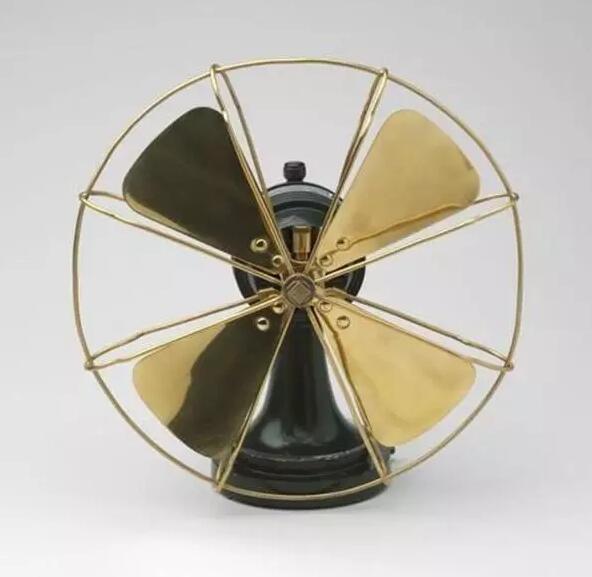
Designed in 1908, this desktop fan is simple and practical, and even after a hundred years, most of the desktop fans we see today are the same.
Electric kettle
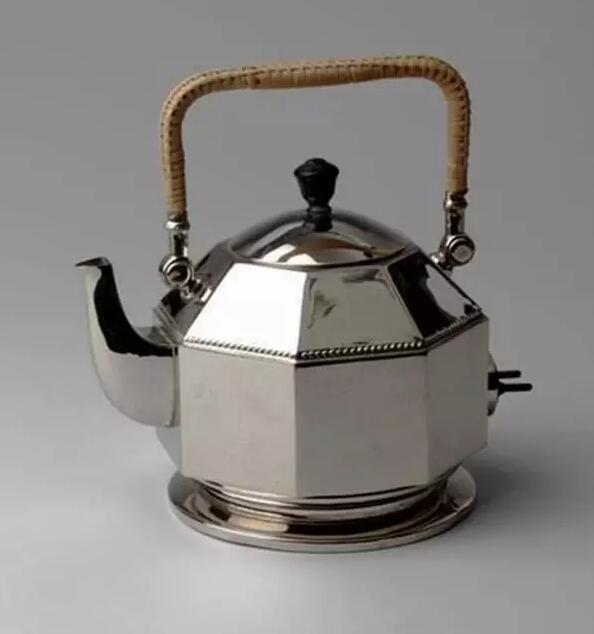
The Behrens-designed electric kettle uses three pots, two lids, two handles and two base configurations. It can be combined in 24 styles and a resistance wire is added under the electric kettle. He has thus become the first designer to reform the product design to suit industrial production. His electric kettle design takes into account the characteristics of machine batch and standardized production.
2, William Haagefield
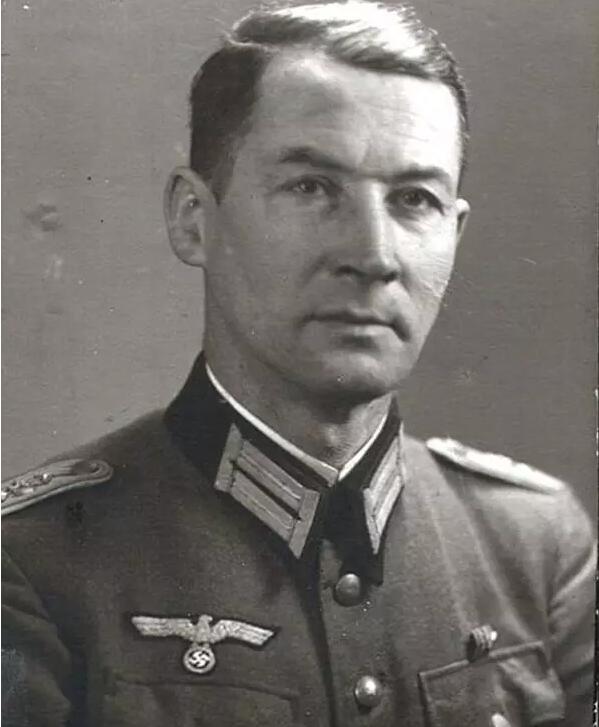
Born in Bremen, Germany, William Hagenfeld is considered to be one of the most important industrial designers of the twentieth century. He studied product design at the National Institute of Art and Design in Stuttgart in the early years and studied and taught at Bauhaus in 1923. Huagenfeld opposes the self-centered design concept. He claims that design in industry is a collaborative activity that has nothing in common with the artist's work.
He denies the use of function as a decisive factor in form, and believes that function is not the ultimate goal, but a prerequisite for good design. At the same time, William Hagenfeld is also a firm performer of "less is more", and most of the designs are still in mass production until now.
Chrome plated table lamp
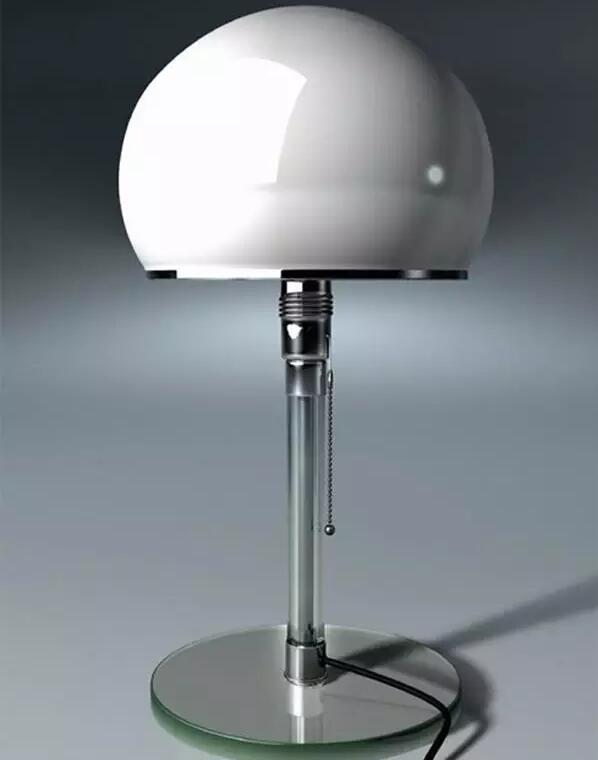
In the metal workshop of Bauhaus, Haagefeld designed this famous chrome-plated steel table lamp, which is still in mass production until today. This lamp is a typical Bauhaus design, and makes full use of the characteristics of the material itself, the milky glass lampshade and the metal bracket, at the time, this design also broke the original luminaire design style. In addition, the shape of the lamp and some of its components are quite technological.
3. Luigi Korani
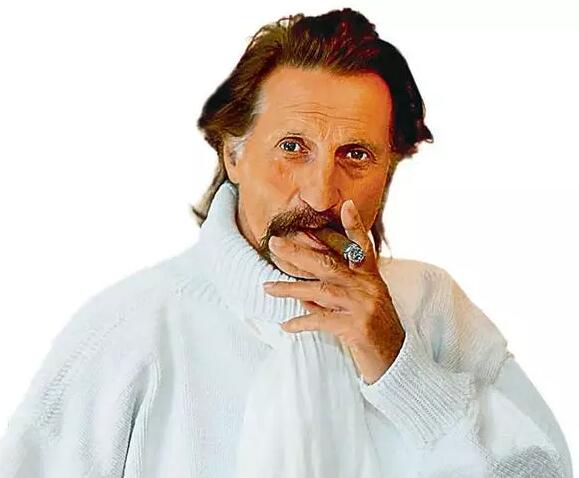
Luigi Korani was born in 1926, and 90-year-old Korani is also known as a contemporary subversive design master, and is recognized by the international design community as "Da Vinci in the 21st century" and "the closest to the wisdom of God." Master of design." These reputations are closely linked to Korani's legendary life and design talent.
EvoTec High Voltage Generator including 7200V Generator,7200V Synchronous Brushless Generator,1800 Rpm Synchronous Generator and so on.Our alternator are widely used in industry, commercial, real estate, hospital, hotel, railway, telecommunications, data-centers and mining etc.
EvoTec High Voltage Generator features:
Speed: 1500rpm or 1800rpmFrequency: 50 Hz or 60Hz
Number of Poles: 4
Power: up to 3500KVA
Voltage: 110V-690V,High Voltage:3.3KV-13.8KV
Insulation: class H
Power Factor: 0.8
Voltage Regulation Rate: ±0.5%
Altitude: 1000M
Temperature Rise Class: class H
Ambient Temperature: 40
Overload:10% for 1 hour in every 12 hours
Degree of Protection: IP21 (IP23, IP44, IP54 on request)
7200V Generator Special Features:
- higher motor starting capability
- a reliable long life with superior class H insulation
- high thyristor load withstand capability for mobile phone and telecom applications
- ease of maintenance with integrated components and outboard exciter/rotating rectifier
- wide range of coupling discs/adaptor for single bearing configuration, suitable for wide range of engine brands
7200V Synchronous Brushless Generator
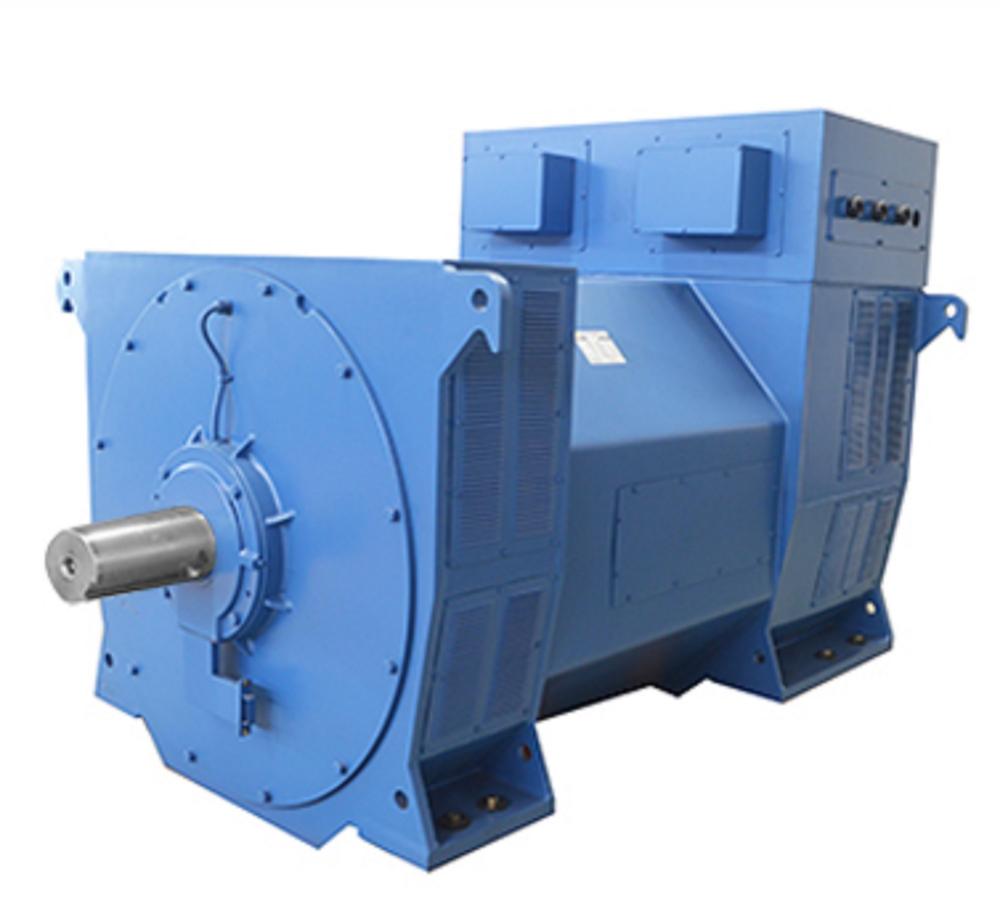
7200V Generator
Synchronous Generator, 7200V Generator,7200V Synchronous Brushless Generator,1800 Rpm Synchronous Generator
EvoTec Power Generation Co., Ltd , https://www.evotecgen.com
